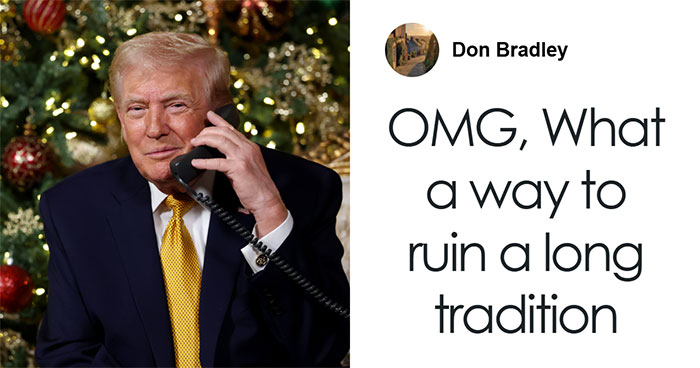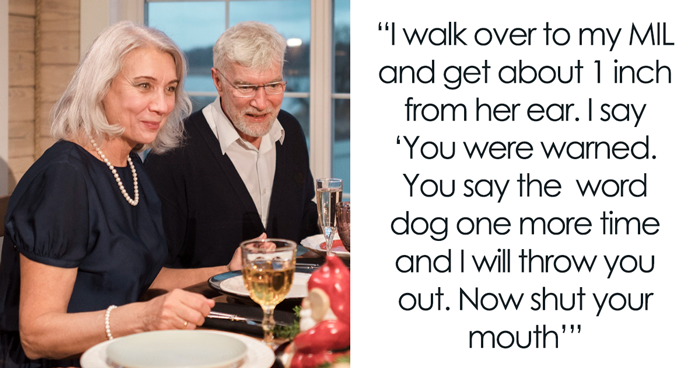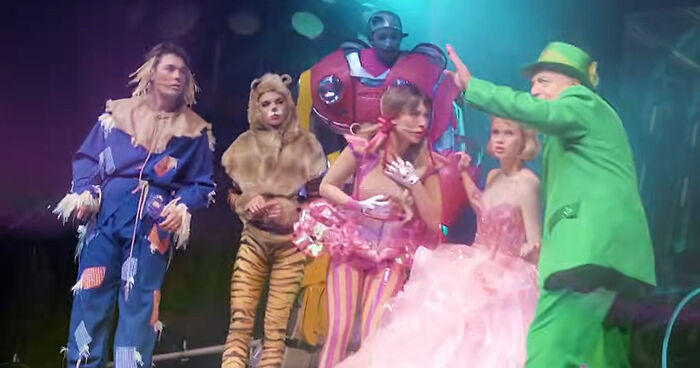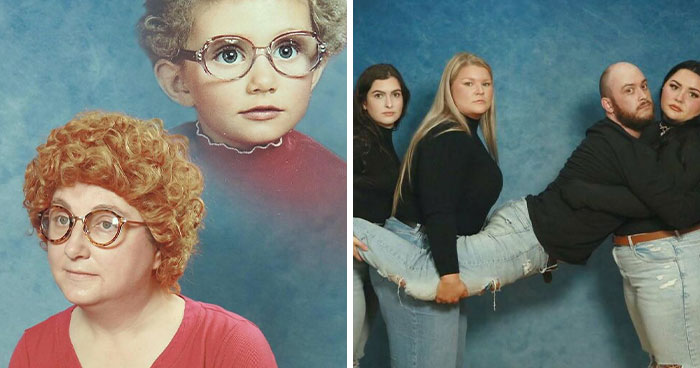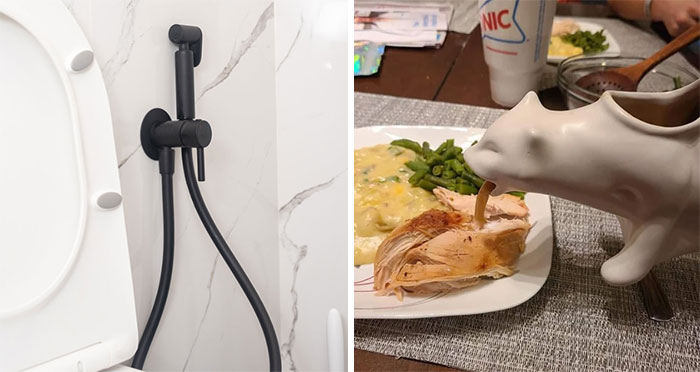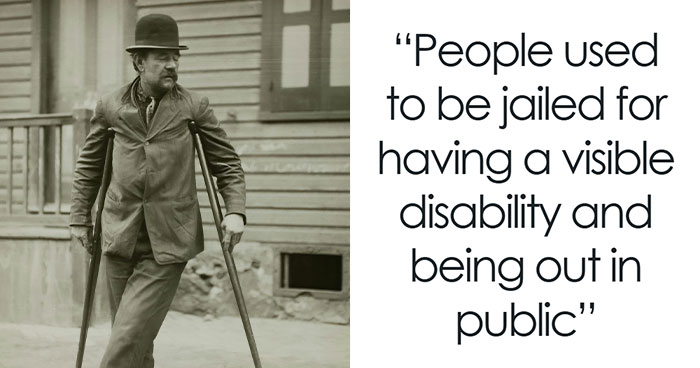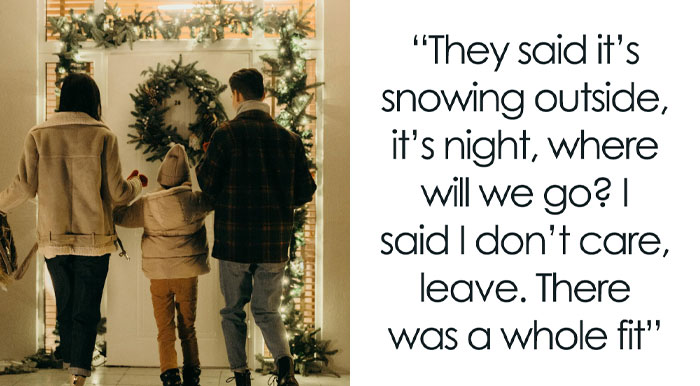
Artist Shows How Roman Emperors Looked In Real Life By Using Facial Reconstruction, AI, And Photoshop
If you’ve ever set foot in a Greek and Roman art museum, you’ve probably seen the rows of tranquil-looking concrete busts. They do, however, have no pupils in the eyes, lack any sort of color, and in general, get kinda repetitive after the third and fourth display hall.
However, the artist named Haround Binous brings the dusty emperors back to life in a series of hyper-realistic illustrations. The guy from Université de Lausanne, Switzerland, combines facial recognition AI, Photoshop, and historical references to revive all the Roman emperors, from Augustus to Valentinian III.
The result is so precise and accurate to life that these ancient dudes with luscious curls and sun-kissed tans could easily pass as A-list Hollywood actors off duty. I mean, look at Augustus—is that you, Daniel Craig?
More info: Facebook | Instagram
This post may include affiliate links.
Augustus
Philip II
Galba
Turning cold emperors' stones into hyperreal flesh may seem like a mission impossible. But with the help of today’s machine learning technologies, images can be reconstructed and brought to life in colorful illustrations.
This is what Haroun has done for his Roman emperor recreations. With the help of AI, Photoshop, and historical references, he came up with these hyperrealistic illustrations giving us a glimpse of how great Roman emperors like Caius Julius Cæsar Germanicus and Nero looked in real life.
Nero
Philip The Arab
Gordian II
Haroun Binous said he used “superposition and simultaneous comparison” techniques that “allowed me to arrive at these faces.”But the facial features are just one part of the job.
In order to get hold of the textures and colors, Haroun researched original historical sources. “Eyes, hair, and colors were based on quotes from Suetonius,” he wrote.
Caligula
Domitian
Tiberius
In reality, it’s not entirely clear how accurate the emperors' busts are to begin with since our best evidence of how they looked are the busts themselves. However, we do perceive them as roughly accurate, since we now know that stylistically, the Romans preferred realism in their sculpture dating back to the Republican period.
Other than busts, historical sources do reveal a thing or two about the people of the Roman Empire. The Roman historian Gaius Suetonius Tranquillus, for example, who wrote during the early Imperial era, described some of the emperors in his notes.
Claudius Gothicus
Dude kinda resembles Jerry Falwell Jr. (before the trouble) falwell-12...6-jpeg.jpg 
Trajan
Trajan did have some good acomplishments, his column would be worth seeing.
Hadrian
According to Christies, Suetonius was very receptive to physiognomic thinking and “may have been swayed by them in his description of the fearsome appearance of Caligula.” He was presented as the epitome of arbitrary cruelty and immoral excesses that was reflected in his description of Caligula’s face.
On the other side of the opposite extreme, there was a fair share of heroic idealization of the most powerful men and it’s likely that their busts have done some justice to their looks. Who knows—maybe some of the most breathtaking busts have undergone an ancient equivalent of airbrushing? That, we may never know.
Marcus Aurelius
Gordian III
Tacitus
Vitellius
Lucius Verus
Diocletian
Theodosius I
Antoninus Pius
Commodus
Gordian I
Claudius
Eyes are wrong. Need to be close set like the original bust. That is an important feature.
Valerian
Nerva
Caracalla
Maximinus Thrax
Maximian
Titus
Otho
Valens
Valentinian III
Galerius
Didius Julianus
Hostilian
Volusianus
Carinus
Macrinus
Pupienus
Decius
Quintillus
Probus
Constans I
Magnus Maximus
Vespasian
Septimius Severus
Elagabalus
Balbinus
Numerian
Constantius Chlorus
Constantine The Great
Julian
Gallienus
Maxentius
Geta
Licinius
Constantius II
Diadumenian
Trebonianus Gallus
Aurelian
Gratian
I'm not sure about this, if you take one feature which shouldn't really require much interpretation e.g. the nose of the statute, then compare it to the picture there's little consistency which makes me question the accuracy of these interpretations.
Yip, some of them are pretty good, but most are so-so, and some are terrible. The noses are the thing most often not correct, particularly for the more lifelike statues/busts.
Load More Replies...Well, as it's said, it was a great idea but most of them are too different from those detailed sculptures. For next time, I would have begin with the scupture a a base, at least for bones and face expression. Some of them only needed colour. Do less images to begin but better done. And it'd be nice to have the words explaining what the artist added because found in references.
I'm not sure about this, if you take one feature which shouldn't really require much interpretation e.g. the nose of the statute, then compare it to the picture there's little consistency which makes me question the accuracy of these interpretations.
Yip, some of them are pretty good, but most are so-so, and some are terrible. The noses are the thing most often not correct, particularly for the more lifelike statues/busts.
Load More Replies...Well, as it's said, it was a great idea but most of them are too different from those detailed sculptures. For next time, I would have begin with the scupture a a base, at least for bones and face expression. Some of them only needed colour. Do less images to begin but better done. And it'd be nice to have the words explaining what the artist added because found in references.

 Dark Mode
Dark Mode 

 No fees, cancel anytime
No fees, cancel anytime 

































































































